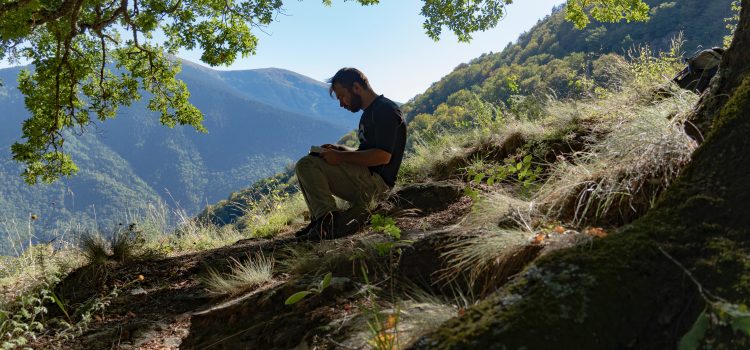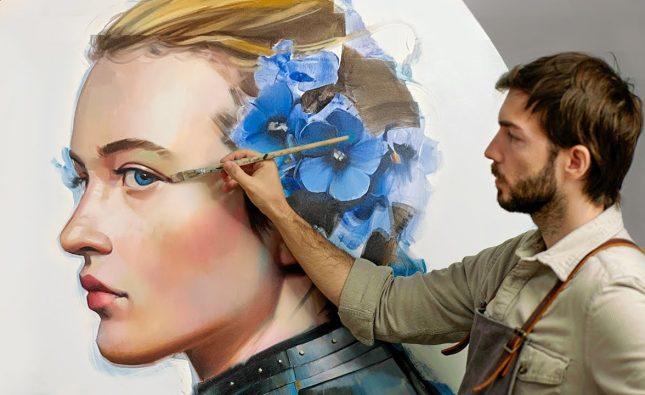
Introduction: In a world where technology is rapidly blurring the lines between reality and fantasy, a new form of artistic expression has emerged: 3D art sculpting. This mesmerizing medium combines digital tools with the artistic vision of sculptors, bringing intricate and imaginative creations to life. From fantastical creatures and mythical landscapes to hyper-realistic portraits, 3D art sculpting has captured the imagination of artists and audiences alike. In this article, we delve into the world of 3D art sculpting, exploring its origins, techniques, and the artists who are pushing the boundaries of this captivating art form.
The Evolution of 3D Art Sculpting: The roots of 3D art sculpting can be traced back to the early days of computer graphics and digital modeling. As technology advanced, so did the capabilities of these tools, enabling artists to create three-dimensional sculptures with an unprecedented level of detail and realism. What was once limited to the realm of video games and animation has now expanded to encompass a wide range of creative possibilities.
Techniques and Tools: At the heart of 3D art sculpting lies a combination of technical prowess and artistic finesse. Artists utilize specialized software such as ZBrush, Blender, or Autodesk Maya to mold virtual clay and shape their creations. With these tools, they can manipulate every curve, texture, and form, giving birth to intricate sculptures that defy the constraints of physical mediums. The process involves meticulous attention to detail, honing the artist’s ability to bring their imagination to life.
Unleashing Imagination: One of the most exciting aspects of 3D art sculpting is the freedom it grants artists to explore the realms of their imagination. No longer bound by the limitations of traditional sculpting materials, artists can unleash their creativity and craft fantastical beings, ethereal landscapes, and otherworldly structures. This ability to bridge reality and fantasy opens up new possibilities for storytelling and allows artists to create immersive visual experiences.
Pushing Boundaries: Within the realm of 3D art sculpting, there exists a vibrant community of artists who continually push the boundaries of the medium. They experiment with unconventional techniques, innovative materials, and new approaches to digital sculpting, resulting in groundbreaking creations. These artists challenge our perceptions of reality and inspire us to see the world through a different lens.
The Impact of 3D Art Sculpting: Beyond its artistic allure, 3D art sculpting has found applications in various industries, including film, advertising, gaming, and product design. Its ability to create lifelike characters, stunning visual effects, and intricate prototypes has revolutionized these fields, enhancing the way stories are told and products are conceptualized. As the demand for immersive experiences grows, 3D art sculpting continues to play a vital role in shaping the future of visual arts.
Conclusion: As we navigate a world where reality and fantasy blend seamlessly, 3D art sculpting stands as a testament to the power of human creativity and technological innovation. It bridges the gap between what is real and what is imagined, offering a captivating glimpse into the boundless possibilities of artistic expression. From its humble beginnings to its present-day impact, this mesmerizing universe of 3D art sculpting has forever altered the way we perceive art, and it continues to inspire awe and fascination with each new creation.










